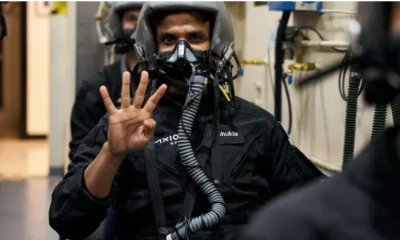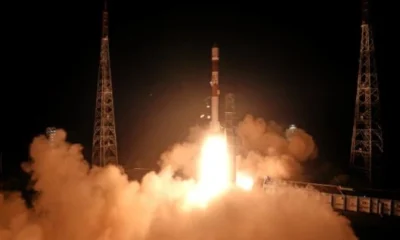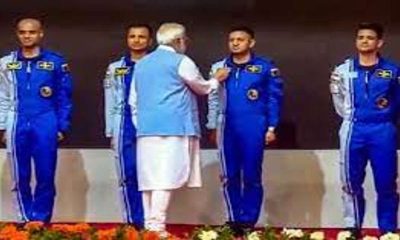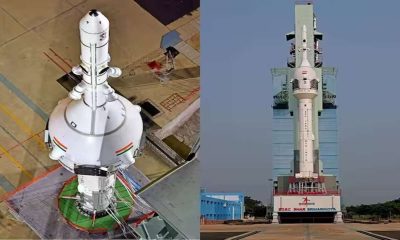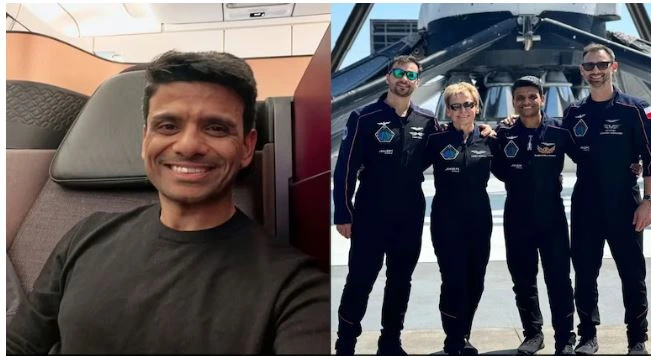Latest Science News
Chandrayaan 3: ISRO chief says they are confident about successful soft landing on August 23
ISRO team is preparing for the landing with multiple simulations, verification and double verification systems and is also checking the health of the instruments.
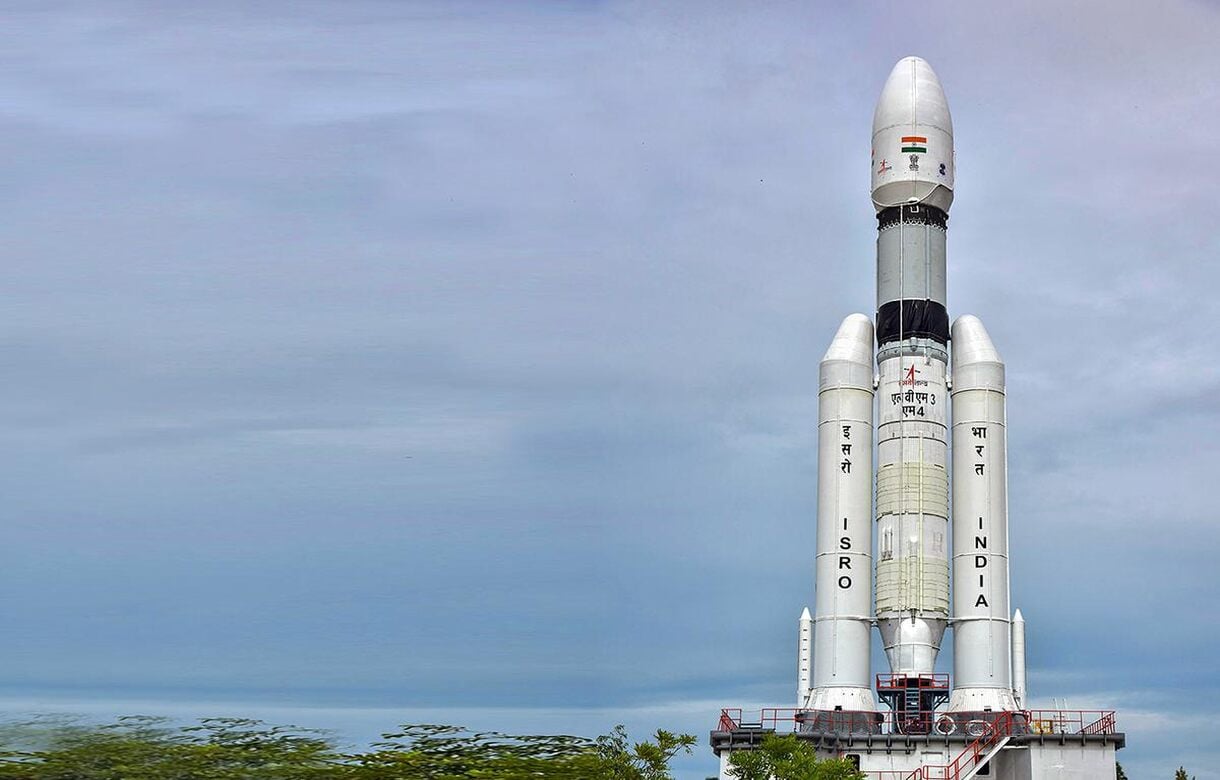
Latest Science News
Astronaut Shubhanshu Shukla to meet PM Modi after return from historic space mission
Astronaut Shubhanshu Shukla, who recently returned from the ISS as part of the Axiom-4 mission, will meet PM Modi this evening. Parliament will also hold a special discussion on his historic journey.
India News
Shubhanshu Shukla pens emotional note as he returns to India after space mission
Indian astronaut Shubhanshu Shukla penned an emotional Instagram post as he returned to India after his 18-day ISS mission, marking a milestone in India’s space journey.
Latest Science News
Shubhanshu Shukla becomes second Indian in space, lifts off for ISS aboard Axiom-4 mission
Group Captain Shubhanshu Shukla becomes the second Indian astronaut to travel to space after four decades, aboard the Axiom-4 mission to the International Space Station.
-
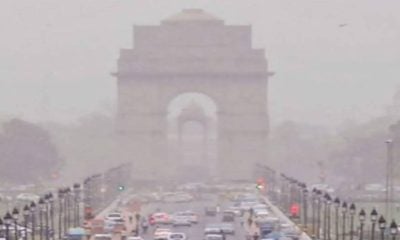
 India News15 hours ago
India News15 hours agoRs 20,000 fine or forced return as Delhi turns away old vehicles at borders amid severe pollution
-
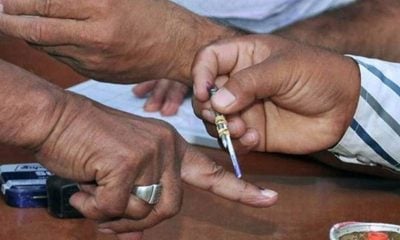
 India News9 hours ago
India News9 hours agoAAP dominates Punjab zila parishad polls, leads in most panchayat samiti zones
-

 India News14 hours ago
India News14 hours agoParliament passes bill to allow 100% foreign investment in insurance sector
-
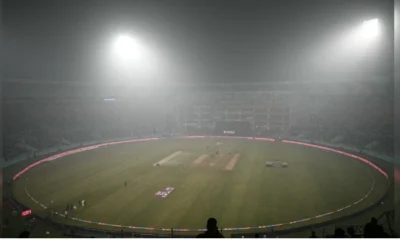
 Cricket news14 hours ago
Cricket news14 hours agoIndia vs South Africa T20I abandoned due to fog raises questions over BCCI scheduling
-
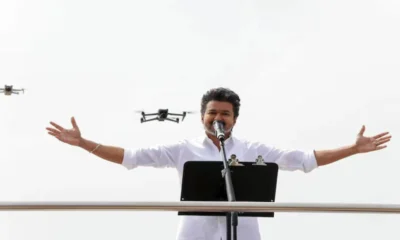
 India News13 hours ago
India News13 hours agoVijay signals political push with TVK rally as last film Jana Nayagan promotion aligns with 2026 polls
-
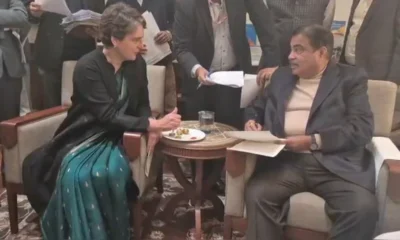
 India News9 hours ago
India News9 hours agoPriyanka Gandhi meets Nitin Gadkari over Kerala road projects, light moments mark discussion
-
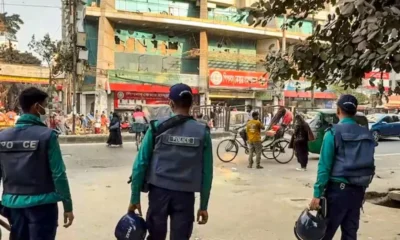
 Latest world news8 hours ago
Latest world news8 hours agoIndia closes two more visa centres in Bangladesh amid worsening security concerns

